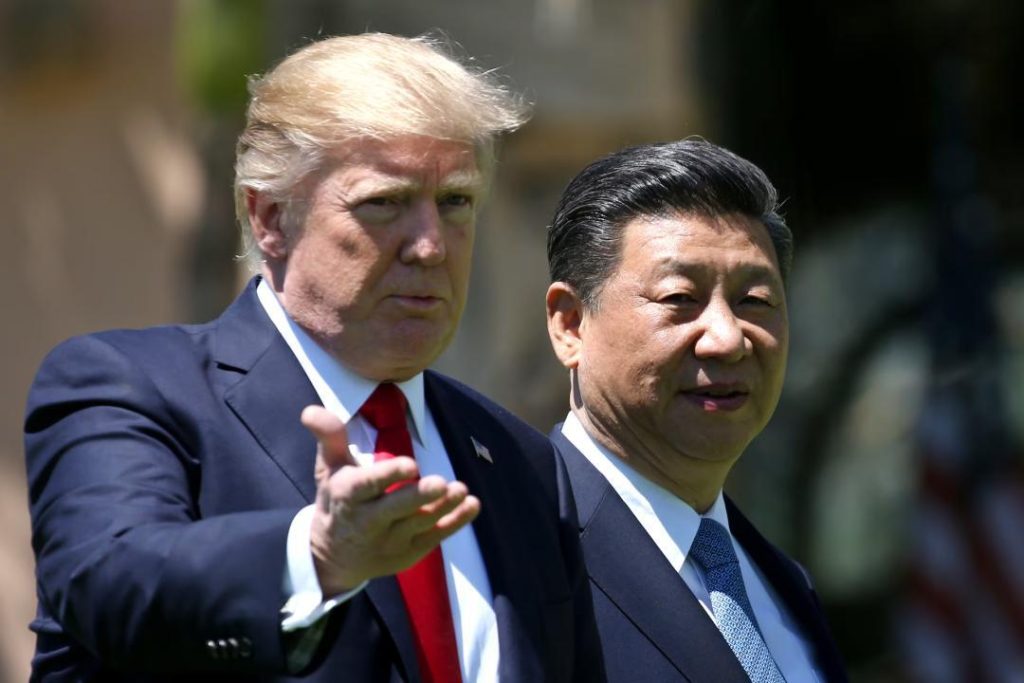
Trump to Allow 6,00,000 Chinese Students in US Amid Tariff Talks
In a sudden U-turn, US President Donald Trump has announced that the United States will permit entry to 6,00,000 Chinese students, reversing earlier visa restrictions targeting Chinese nationals tied to the Communist Party or sensitive research. This move comes as a surprise, especially against the backdrop of ongoing tariff talks between the US and China.
The decision was made public during a press conference earlier this week, where Trump emphasized the need to improve US-China relations despite the ongoing trade tensions. He expressed his interest in meeting President Xi Jinping later this year to discuss trade and other pressing issues.
The visa restrictions, which were put in place in November 2019, aimed to curb the influx of Chinese students and researchers in the US, citing national security concerns. However, critics argued that the move was a knee-jerk reaction and would harm bilateral relations.
The decision to relax visa restrictions is seen as a significant development in the ongoing trade talks between the two nations. The US-China trade war has been ongoing for over a year, with both sides imposing tariffs on each other’s goods. The trade tensions have had far-reaching consequences, affecting global markets and supply chains.
In recent months, there have been signs of a thaw in the relationship between the two nations. In January, Trump and Xi agreed to a trade truce, with both sides suspending further tariff increases. Since then, there have been reports of behind-the-scenes diplomacy, with Chinese officials making overtures to the US administration.
The decision to allow 6,00,000 Chinese students into the US is seen as a significant gesture of goodwill by the Trump administration. It is believed that the move will help to ease tensions and create a more conducive environment for trade talks.
The news has been welcomed by the academic community, with many universities and research institutions expressing relief and gratitude. The Chinese students, who are expected to arrive in the US in the coming months, will be able to pursue their higher education and research ambitions without facing the uncertainty and restrictions that had been in place.
However, not everyone is pleased with the decision. Some lawmakers have raised concerns about national security and the potential risks associated with allowing large numbers of Chinese students into the US. They argue that the decision is a surrender to Chinese pressure and will undermine the US’s ability to protect its interests.
The US-China relationship is complex and multifaceted, with both countries having significant economic and strategic interests. The decision to allow Chinese students into the US is seen as a tactical move by the Trump administration to create a more positive environment for trade talks.
In recent years, the US has been critical of China’s human rights record, particularly in Xinjiang province. The Trump administration has also been vocal about China’s economic practices, including its use of subsidies and intellectual property theft.
However, despite these differences, both countries recognize the importance of maintaining a positive relationship. The US is China’s largest trading partner, and China is the US’s second-largest trading partner.
The decision to allow Chinese students into the US is seen as a significant step towards improving bilateral relations. It is believed that the move will help to create a more positive atmosphere for trade talks and will pave the way for further cooperation between the two nations.
In conclusion, the decision to allow 6,00,000 Chinese students into the US is a significant development in the ongoing trade talks between the two nations. While it is not without its risks, the move is seen as a positive step towards improving bilateral relations and creating a more positive environment for trade talks.



